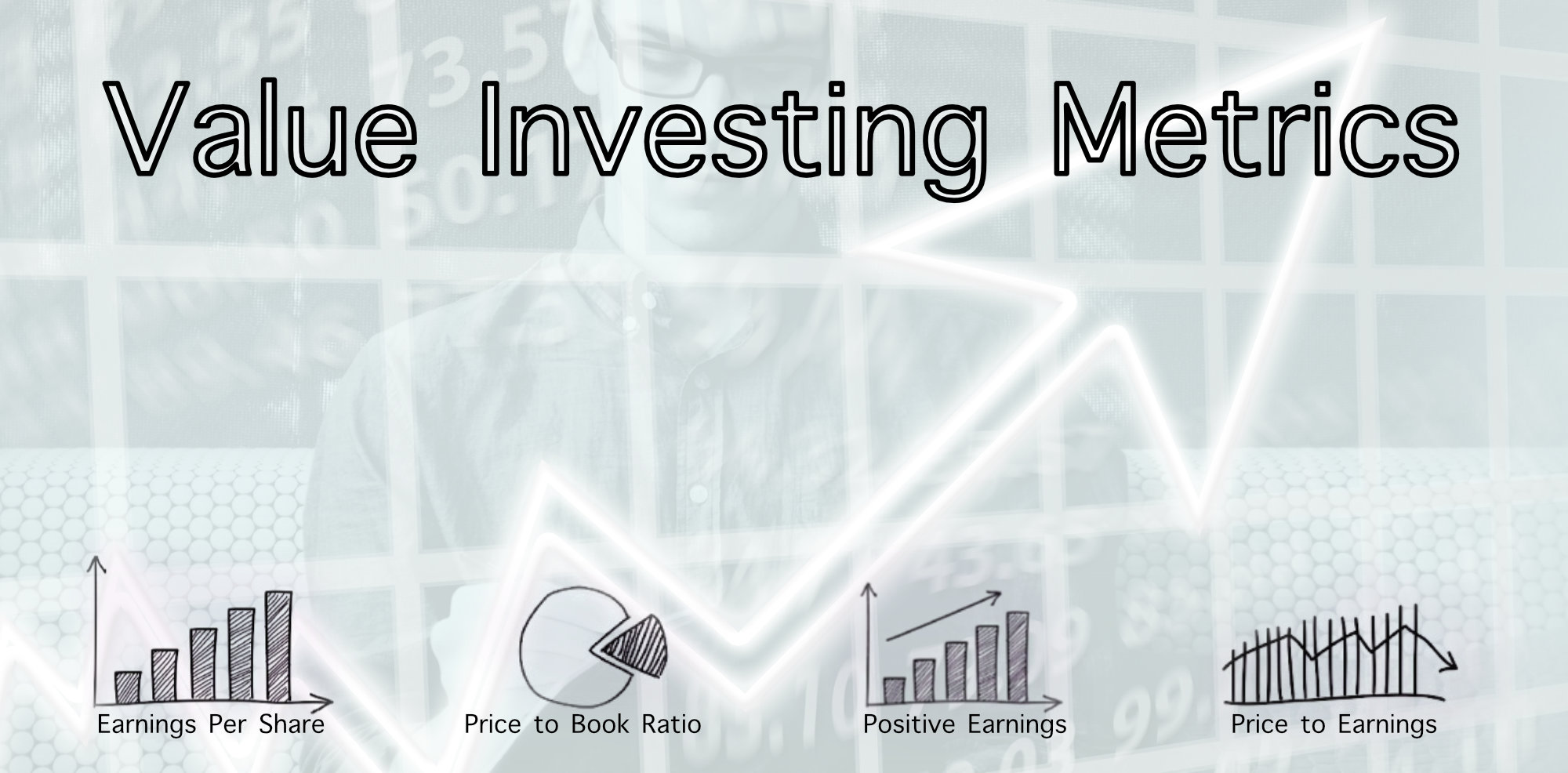Value investing is a way to bring intelligence back into stock selection.
Everyone loves a great deal when they’re shopping but for some reason that love does not transfer when shopping for stocks. Many retail investors tend to buy expensive stocks as they are getting more expensive.
They pile into trendy growth stocks like Twitter and Netflix.
It doesn’t make sense.
Making money in stocks can be done in just two ways:
1) buying low and selling high
2) dividends
Because many investors like to buy expensive stocks with no dividend the prevailing strategy has become “buy high, sell higher”.
This could work some of the time but if you buy stocks at all time highs (like many are now) who are you eventually going to sell them to? You’d have to find someone else who wants to buy them at an even higher price or sell them at a loss.
Buying overpriced stocks also leaves a person much more vulnerable during a stock market correction as was experienced by countless stock owners in 2000 and 2008.
An Intelligent Approach: Value Investing
Value investing takes that same desire to find a bargain while shopping and applies it to stock selection.
Value investing is purchasing the shares of quality companies trading at a discount.
In other words, you’re buying stock in a company that is undervalued. This creates a margin of safety and built-in downside protection. It’s a way of increasing the odds that you are buying a stock low so you can sell it higher later (or so you can hold it and collect the dividends).
Is Value Investing just buying Cheap Stocks?

Cheap lawn chairs tend to collapse when you’re sitting in them
Value investing isn’t buying cheap stocks. Value investing is buying high quality companies at a price below their book value.
You can find a deal on a high quality lawn chair and pay less than you would for a lower quality, more expensive lawn chair. The key to spotting a bargain is to know what to look for. Fortunately, there are a number of indicators (or metrics) one can look at to determine if a stock is both low cost and high quality.
What indicates a stock is a Great Value?
[Note from John, 5 Feb 2017: While the principles of value investing are timeless I have since started looking at Better Metrics for Value Investing.]
The metrics I look at are as follows:
- Price to book of less than 1 (can go up to a PB of 1.5)
- Price to earnings less than 15
- Positive Cashflow
- Positive Earnings per share
- Return on equity greater than 8% on average per year
- Dividend Yield
I’ll break down each one below.
Price to Book
The Price to Book ratio is calculated by taking the companies’ market capitalization and dividing it by the companies’ total assets minus total liabilities. A low price to book could indicate that a stock is undervalued.
If the P/B is below 1 that means if the company’s assets were liquidated and the stockholders were paid out in cash they would get more than what they paid for the stock.
Price to Earnings
The historical average for the stock price to earnings ratio is 15. The current PE ratio for the S&P 500 is around 25. By purchasing stocks with a PE less than 15, you’re ensuring the company’s price to earnings is below the historical average. It’s another indicator of value.
Source: http://www.multpl.com/
Positive Cashflow and Earnings per Share
A low price to book by itself could indicate that a stock is undervalued or that the company is on shaky ground. Positive cashflow and positive earnings per share means that the company is making money. The higher the EPS the better all else given.
Return on Equity
A return on equity of 8% or more over a period of years indicates the company consistently produces value to shareholders. It’s another way to ensure the company is healthy and is not undervalued due to a fundamental issue with the performance of the business.
Dividend Yield
This is the second way to make money on a stock. If a company provides a yield that means the investor is being compensated for holding the stock while waiting for the undervalued equity to revert to a more fair valuation.
Does Value Investing Work?
Value investing was pioneered by Benjamin Graham. You may never have heard of Benjamin Graham but it’s likely you’ve heard of Graham’s most successful student, Warren Buffett.
The investing principles Buffett used to grow his wealth were developed and taught by Benjamin Graham, the father of value investing.
Value investing is the way Warren Buffett became one of the richest men alive.
Getting Started in Value Investing
You can look for stocks that meet the criteria I’ve discussed above and purchase them individually.
Another option is to buy a value index fund. A a passive index fund takes little research and is theoretically lower risk.
An example of such a fund is the Vanguard Value Index Fund (VIVAX). The problem I have with funds like this is that the stocks in the fund aren’t the best values. For example, the largest holding in VIVAX is Microsoft (MSFT).
MSFT has a price to book of 6.2 and a price to earnings of 27.4. The other major holdings of VIVAX like Exxon Mobil and GE follow a similar story.
Microsoft and Exxon are quality companies but at these prices they don’t represent the extremely high value stocks I’m interested in.
Value investing like all investing is not without risk. But I believe taking the time to research undervalued stocks that present exceptional value is worth it.
Intelligent Research on Value Stocks
For a passive and defensive investor, value investing through index funds is fine. However, I believe an enterprising investor willing to dive deeper can make even better returns. But not everyone has the time or resources to research stocks that meet the criteria of a quality value stock.
I maintain a list of the stocks I like, access it fr-ee here.
Find An Edge
An Edge: a quality or factor that gives superiority over close rivals or competitors.
It’s hard to make money on stocks like Apple or Microsoft that have dozens of analysts following them, where virtually everything is known about the stocks, and which are traded at high frequency by Wall Street computer algorithms.

If you don’t know what your edge is you don’t have one.
I also think that there are exceptional values outside of the standard US stock exchanges.
I’m particularly fond of the Australian Securities Exchange because it is outside the Wall Street bubble but still a stable jurisdiction. My free report lists two brokers that will allow you to trade stocks in the land down under.
Wisdom from Benjamin Graham
I close this article with a quote from the Father of Value Investing:
“…the real money in investment will have to be made–as most of it has been in the past–not out of buying and selling but of owning and holding securities, receiving interest and dividends and increases in value.” – Benjamin Graham from The Intelligent Investor

